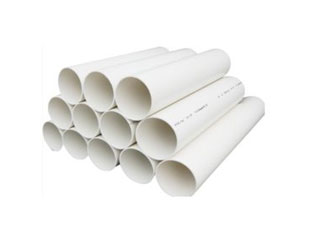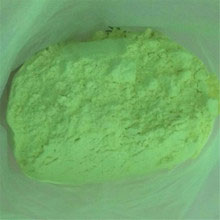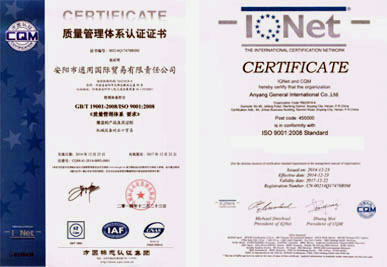Use methods of optical brightening agent in plastics
Many plastic terminal manufacturers do not know much about proper use of fluorescent whitening agent (optical brightening agent). Today, Anyang General Chemical Co., Ltd. will popularize several use methods of optical brightening agent in plastics. So, how should terminal customers choose the best method according to product performance?

Three use methods of optical brightening agent in plastics
Generally speaking, there are three ways to use optical brightening agents in plastics: dry whitening, wet whitening and color masterbatch whitening. Next, we will give you a detailed description of the difference between the three processes and the terminal products.
Dry whitening
Dry whitening of plastics is directly adding a certain amount of optical brightening agent dry powder to the plastic substrate before plasticization, the optical brightening agent is mixed with the plastic substrate first. When the extruder reaches the melting temperature of plastics, the mixture is extruded into the screw to melt, so that the fluorescent whitening agent is evenly distributed in the melt. Finally, granulating or pressing molding. Dry whitening agent is mainly used for injection molding whitening of rigid PVC, polyethylene, polypropylene, ABS and other thermoplastic resins. Optical brightening agents used as dry whitening agents are relatively cheap, but they have the disadvantages of large dust dispersibility and environmental pollution.
Wet whitening
In order to improve dispersion effect, wet whitening sometimes also needs to add a certain amount of adhesives to the optical brightening agent. Then, the optical brightening agent can be adhered to the surface of the material better so as to reduce the dust and pollution. The optical brightening agent can also be dispersed in the auxiliary solution and added in batches in the form of auxiliaries dispersions. For example, optical brightening agent is used in soft polyethylene (PVC), which can be mixed into 10% dioctyl phthalate plasticizer solution, and then added in batches. In the process of wet whitening, optical brightening agent has a fine dispersed size. Because non-volatile organic solvents are mixed into plasticizers, they have the disadvantages of sticking. This method is mainly used for whitening soft PVC.

Color masterbatch whitening
At present, the use of “color masterbatch” has become an important means of plastics coloring. When using color masterbatch, as long as the color masterbatch and resin are mixed evenly in proportion, it can be directly used for plastic molding. A small amount of stirring needs only hands. In order to ensure the dispersity of color masterbatch, mechanical agitation can be used when the processing capacity is large. After mechanical mixing the color masterbatch with the resin plastic, it can be sent to the injection molding machine with preforming device. Pre molding and coloring are carried out at the same time.
Here is just a brief introduction of several use methods of optical brightening agents in plastics. Which method should be adopted specifically? It depends on the choice of terminal customers. More information about the application of fluorescent whitening agents in plastics can be found on our website.
Optical brightening agent is also called fluorescent whitening agent, optical brightener, fluorescent bleacher, fluorescent whitener, fluorescent brightening agent, etc.


